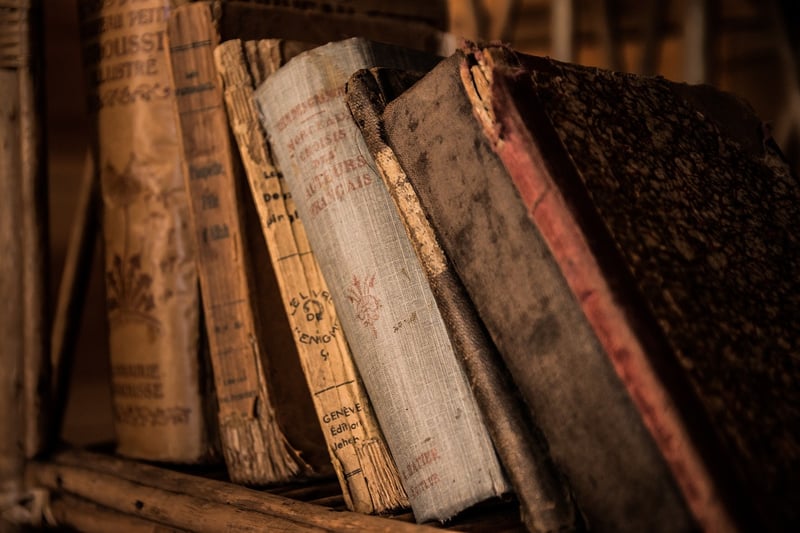Preserved Relics
Preserve Historical Treasures: A Guide to Preserved Relics
Preserving historical treasures is vital to understanding our past and shaping our future. These preserved relics hold stories of bygone eras, offering us a glimpse into the lives of those who came before us. Let's delve into the world of preserved relics and learn how we can safeguard these valuable pieces of history for generations to come.
The Importance of Preserved Relics
Preserved relics serve as tangible connections to our history, providing insights into different cultures, traditions, and technologies. They allow us to learn from the past, appreciate our heritage, and inspire future innovations.
How to Preserve Historical Treasures
Preserving historical treasures requires a combination of careful conservation, documentation, and public engagement. Here are some essential steps to ensure the longevity of these invaluable relics:
- Conservation: Proper storage, handling, and environmental conditions are crucial for preserving relics. Conservation experts use specialized techniques to prevent deterioration and maintain the integrity of historical artifacts.
- Documentation: Detailed documentation helps track the history and provenance of relics. This information is essential for research, authentication, and establishing the cultural significance of preserved artifacts.
- Public Engagement: Sharing preserved relics with the public through exhibitions, educational programs, and digital platforms enhances awareness and appreciation for our shared heritage.
Examples of Preserved Relics
From ancient artifacts to medieval manuscripts, preserved relics come in various forms. Here are some notable examples of preserved relics from different historical periods:
- Egyptian Mummies: Preserved through mummification, these ancient bodies provide insights into Egyptian burial practices and beliefs.
- The Dead Sea Scrolls: Ancient Jewish religious texts discovered in the 20th century, shedding light on early biblical traditions.
- Roman Ruins: Preserved archaeological sites like the Colosseum in Rome offer a glimpse into the grandeur of the Roman Empire.
Preserving for Posterity
Preserving historical treasures is a collective responsibility that requires ongoing dedication and support. By safeguarding these relics, we ensure that future generations can continue to learn from the past and appreciate the rich tapestry of human history.
Let's cherish and protect these preserved relics as they are not just artifacts but windows into our shared heritage.

Image source: Pixabay
